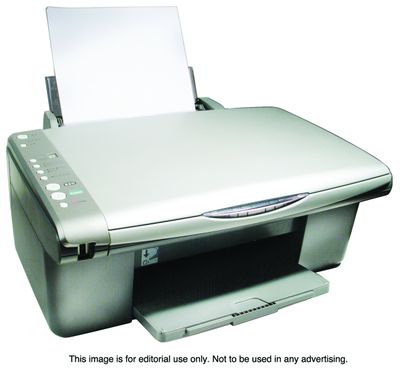Switch Your Font … Protect the Planet?

The font type and size used to print documents can mean the difference between being green and using more ink and paper, according to research.
Think back to high school or even college. Teachers often set guidelines for typed reports and term papers. They specified the font and margin size for a reason. Otherwise students would use extra-wide margins and turn in a paper typed at 16 point size to easily meet the page number requirements of the assignment.
By reversing that logic, one can reduce the amount of paper and ink used for any printed documents and be green in the process.
Font Facts
Certain fonts are used for readability and cross-platform compatability. However, these readable fonts may not conserve as much ink as other options. The key is to find a balance.
Serif fonts, or those that have small lines and decorative edges, tend to require less ink than wider, sans-serif options. Also, fonts that have the word “narrow,” “thin” or “condensed” in their names generally use less ink as well.
Printer.com, a Dutch company that evaluates printer attributes, has studied the font situation and compiled information on what fonts may save ink, and thus money and energy. Times New Roman and Century Gothic, for example, use less ink than popular Arial. Simply by changing the default font to Times New Roman can save about 30 percent less ink. With the average printer cartridge or toner costing $10 or more, that adds up to considerable savings over the course of a year.
It is also recommended to use the “draft” setting of the printer when printing less important documents because this setting reduces the saturation of ink.
Paper Cutbacks
While changing a font type certainly can make a difference in ink usage, the bulk of the environmental benefits come from reduced paper usage.
To achieve this, a condensed font combined with small margins and a smaller, yet still readable point size can increase the amount of text that fits on a standard page. Thus, fewer pages need to be used when printing. This trick paired with printing on both sides of the paper greatly reduces the amount of paper used for regular printing needs.
Pickier Printing
Of course, being selective about what is printed is an ideal way to reduce paper usage. Many companies and individuals are opting for electronic statements, e-mails and the like, which are viewed on the monitor and saved as digital files. This reduces paper usage and extra trash.
The average American household can save on 6.6 pounds of paper and 171 pounds of greenhouse gases simply by switching to electronic statements. While that benefits the earth, it also reduces clutter inside of the home in terms of filed paperwork and excess mail.